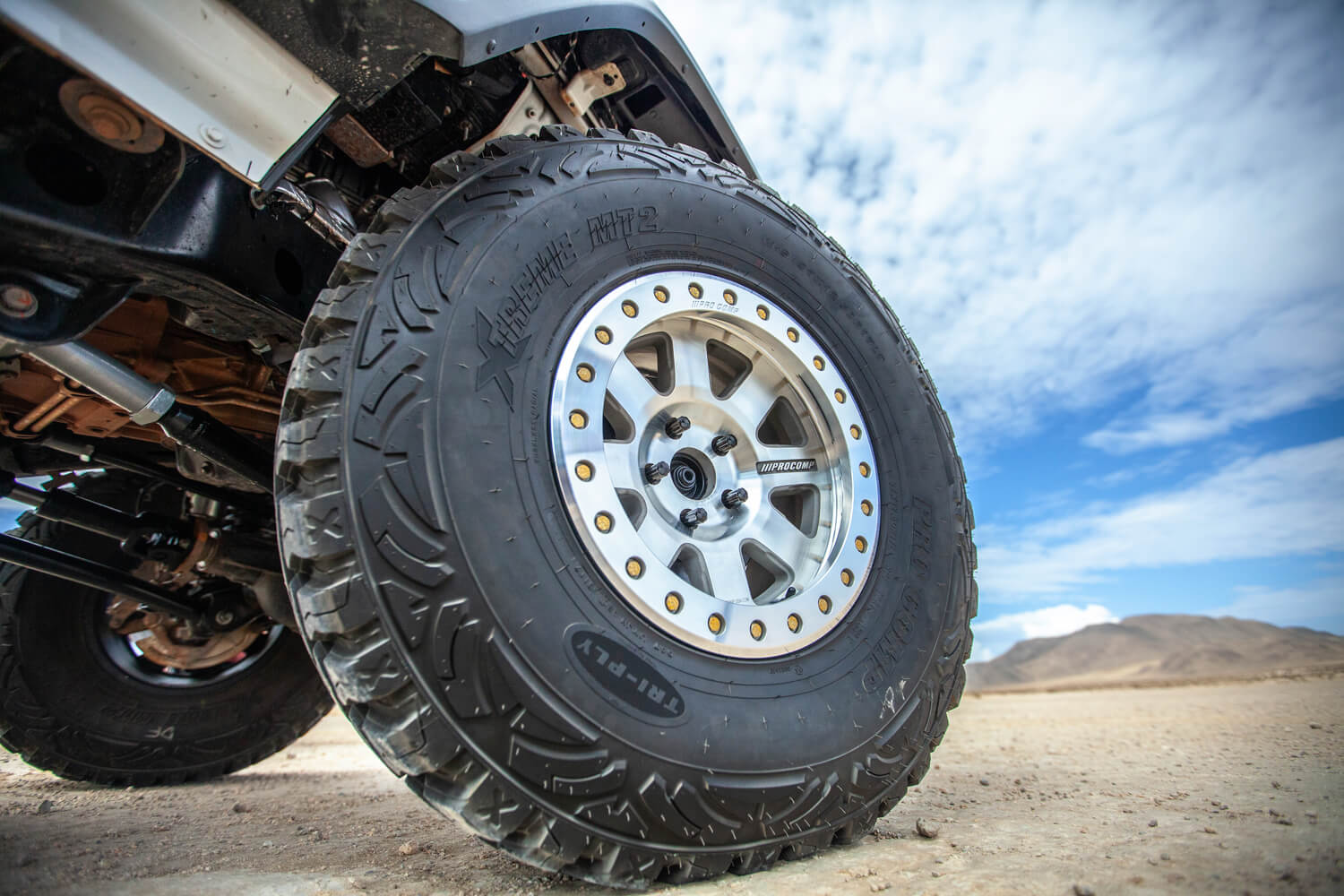
Photos: John Cappa and Courtesy of the Manufacturers
There are hundreds of different wheel companies that offer thousands of distinctive wheel designs in a multitude of dimensions and lug patterns. Let’s forget the common wheel selection considerations and focus solely on materials, though. Should you purchase steel or aluminum wheels? The answer to that question is not as simple as you might think.
In the early years, most 4x4s came shod with steel wheels. The aftermarket wheel industry was almost nonexistent. Many old-timers resorted to modifying their original steel wheels to increase the width to accept wider tires for better traction. Some aluminum wheels were available, but the use of aluminum wheels was fairly limited.
Today, cast aluminum is the most common material used by the aftermarket wheel industry. Aftermarket steel wheels still exist, and understandably so. Steel wheels are significantly less expensive and have a couple of other advantages over aluminum wheels in specific applications. What wheel is right for you will depend on personal preference, how you use your 4×4 and your performance expectations. Read on to find out if your 4×4 should be rolling on steel or aluminum wheels.
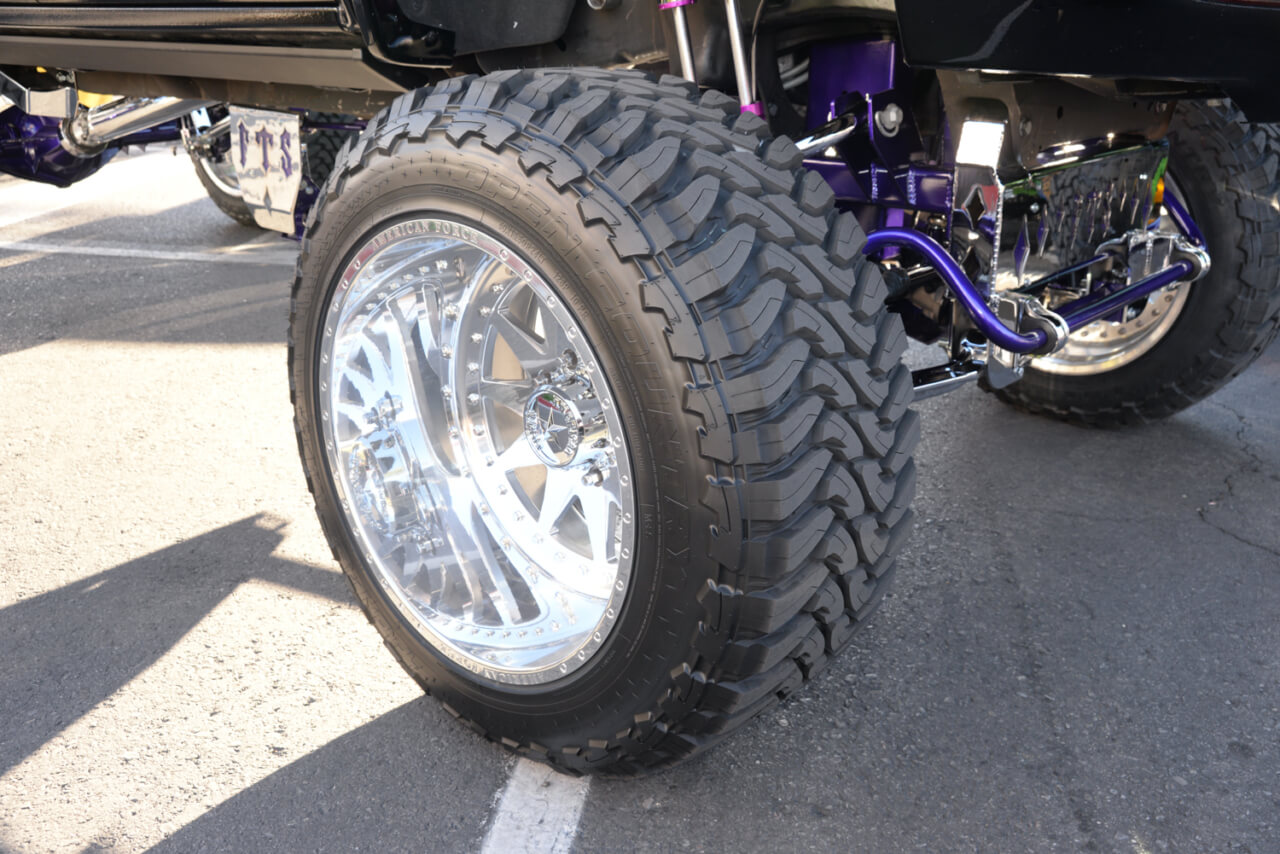
It’s near impossible to make the argument that steel wheels look better than aluminum wheels. Aluminum wheels are available in more intricate designs and sizes that better fit modern trends and the body lines of newer 4x4s.
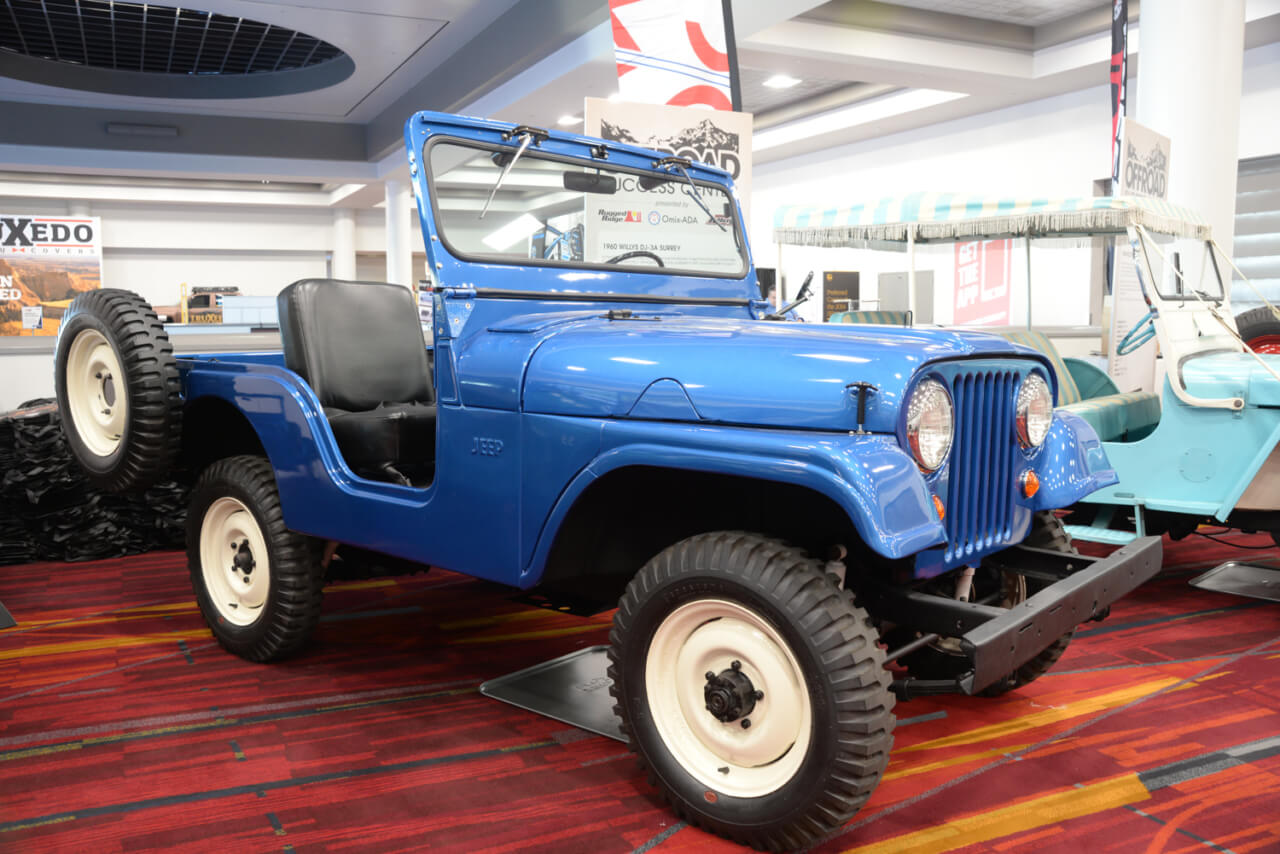
Of course, if you’re going for a vintage vibe on an older 4×4, you can’t beat a simple painted steel wheel. This early Jeep would look silly with big and bright 20-inch anodized aluminum wheels on it.
Does Aluminum Or Steel Look Better?
Let’s face it, most of us purchase our wheels based on looks. Of course, other factors need to be considered but looks typically come first. Aluminum clearly has the advantage over steel wheels in this department. The introduction of multi-axis CNC mills, polishing, durable paints, and other coatings have made aluminum wheels the beauty queens of the wheel world. You can find nearly any design machined into an aluminum wheel, and they are likely available polished or painted if it’s a popular enough wheel.
Today’s aluminum wheels are available with designs that accentuate the body lines of modern 4x4s. By contrast, steel wheel designs have not changed much in the last three decades or more. Most steel wheels feature stamped round or triangle holes in the face and are available in white, black, or chrome. If you’re going for a vintage vibe on an older 4×4, these wheel designs work great. But you can ruin the look of a new 4×4 with a set of steel white spoke wheels. Fortunately, black painted stamped round-hole steel wheels have a timeless industrial look that can be fitting for some modern 4x4s. The traditional black steel wheel has become a staple for the diehard off-road enthusiast.
Are Aluminum Or Steel Wheels Lighter?
You should always consider weight when selecting tires and wheels. Rotating mass is the worst kind of weight to add to a 4×4. Increased rotating weight adversely affects acceleration, braking, fuel economy, and drivetrain longevity. When it comes to overall vehicle performance, it’s said that adding 10 pounds of wheel weight to a 4×4 is the equivalent of adding 100 pounds of cargo. So swapping on four new wheels that are 10 pounds heavier than stock is the equivalent of adding 400 pounds of cargo.
Common logic would dictate that aluminum wheels are lighter than steel wheels. Unfortunately, that is not always true. Of course, aluminum is lighter than steel, but more aluminum material is required to make a wheel as strong as or stronger than a steel wheel. Also, there are heavy-duty aluminum wheels available that are more portly than a standard steel wheel. And, some lightweight steel wheels are surprisingly svelte.
In general, replacing steel 15-inch wheels with aluminum wheels of the same size will result in a weight savings of 3 to 4 pounds per wheel. Replacing 16-inch steel wheels with aluminum will typically save 5 pounds per wheel. Replacing 17-inch and 18-inch steel wheels with aluminum versions in the same size can result in a weight savings of up to 10 pounds per wheel.
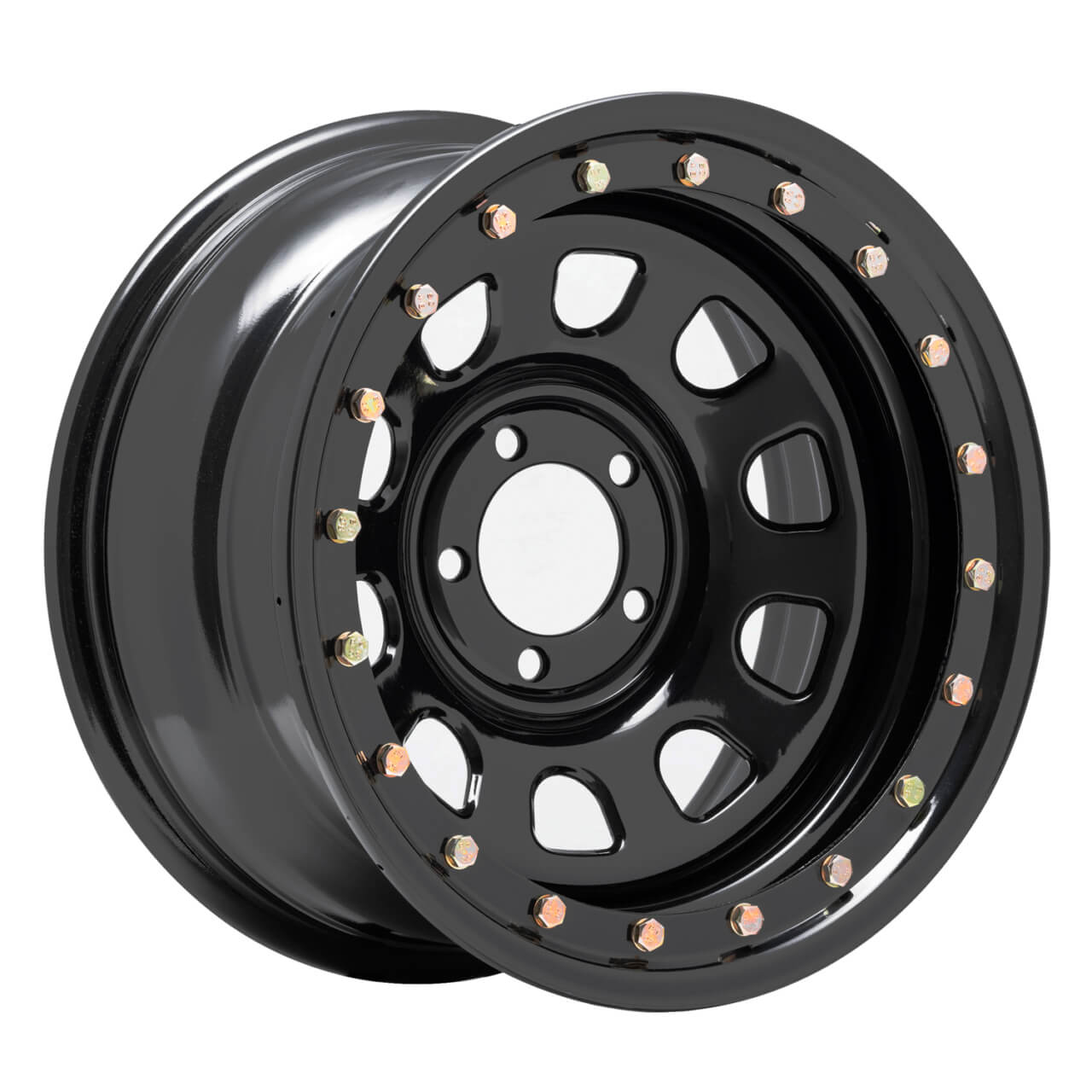
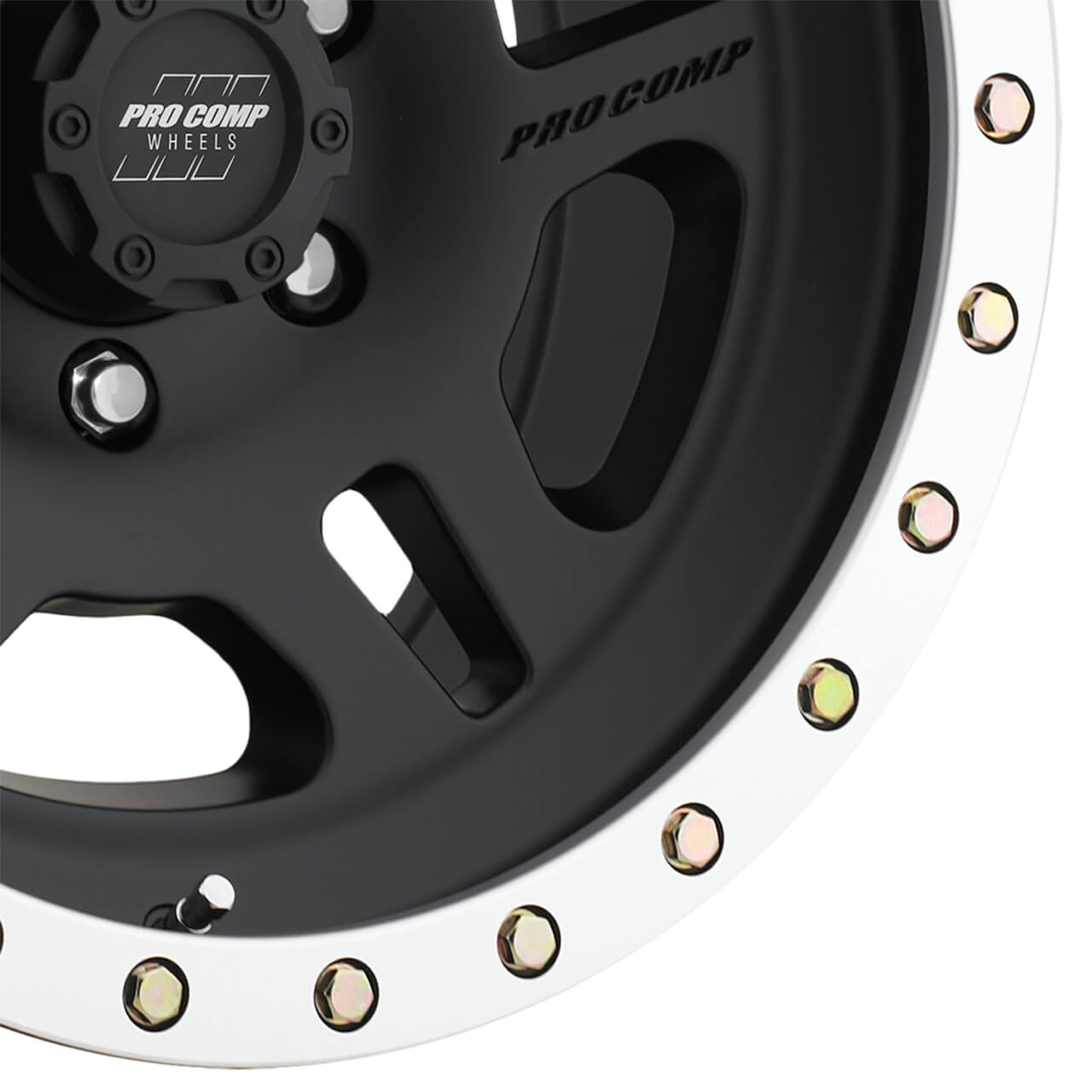
Are Aluminum Wheels Stronger Than Steel Wheels?
It’s difficult to precisely measure ultimate wheel strength beyond the maximum load each wheel is rated for. The load ratings of steel and aluminum wheels can be all over the place. A wheel with a higher load rating is typically heavier than a wheel made of the same material with a lower load rating.
Forged aluminum wheels are by far the strongest and lightest wheels available. However, their cost can be prohibitive for most off-road enthusiasts. Also, there are not a lot of forged wheels available, so the designs are limited. Forged aluminum is generally reserved for extremely large diameter wheels and racing applications.
If you frequent rocky areas, you’ll likely want to find aluminum or steel wheels with lots of material around the wheel beads. The wheel bead is where most wheels are damaged off-road, especially when running tires at lower trail pressures. Aftermarket wheels with extra thick bead areas and imitation beadlock designs are usually better protected than standard wheels. Avoid spun aluminum wheels for off-road use. They feature a lightweight design, but there is often not a lot of material in the bead area to help fend off rocks.
Can Aluminum And Steel Wheels Be Repaired When Damaged?
It’s not at all uncommon for a wheel to be damaged when driving off-road. Higher speeds combined with rock impacts are the main reason for wheel damage in the bead area. The good news is that nearly any wheel can be repaired, no matter how bad the damage is. Of course, steel is far more malleable than aluminum.
In many cases, a temporary trail repair can be made to the bead of a steel wheel by pounding it back into shape with a large hammer. Aluminum wheels can be beaten back into shape to some degree, as well. However, cast aluminum is far more brittle than steel, making it more likely to crack during a hard trail impact or repair. Because of the brittleness, bent or cracked aluminum wheels should only be repaired by a professional or replaced.
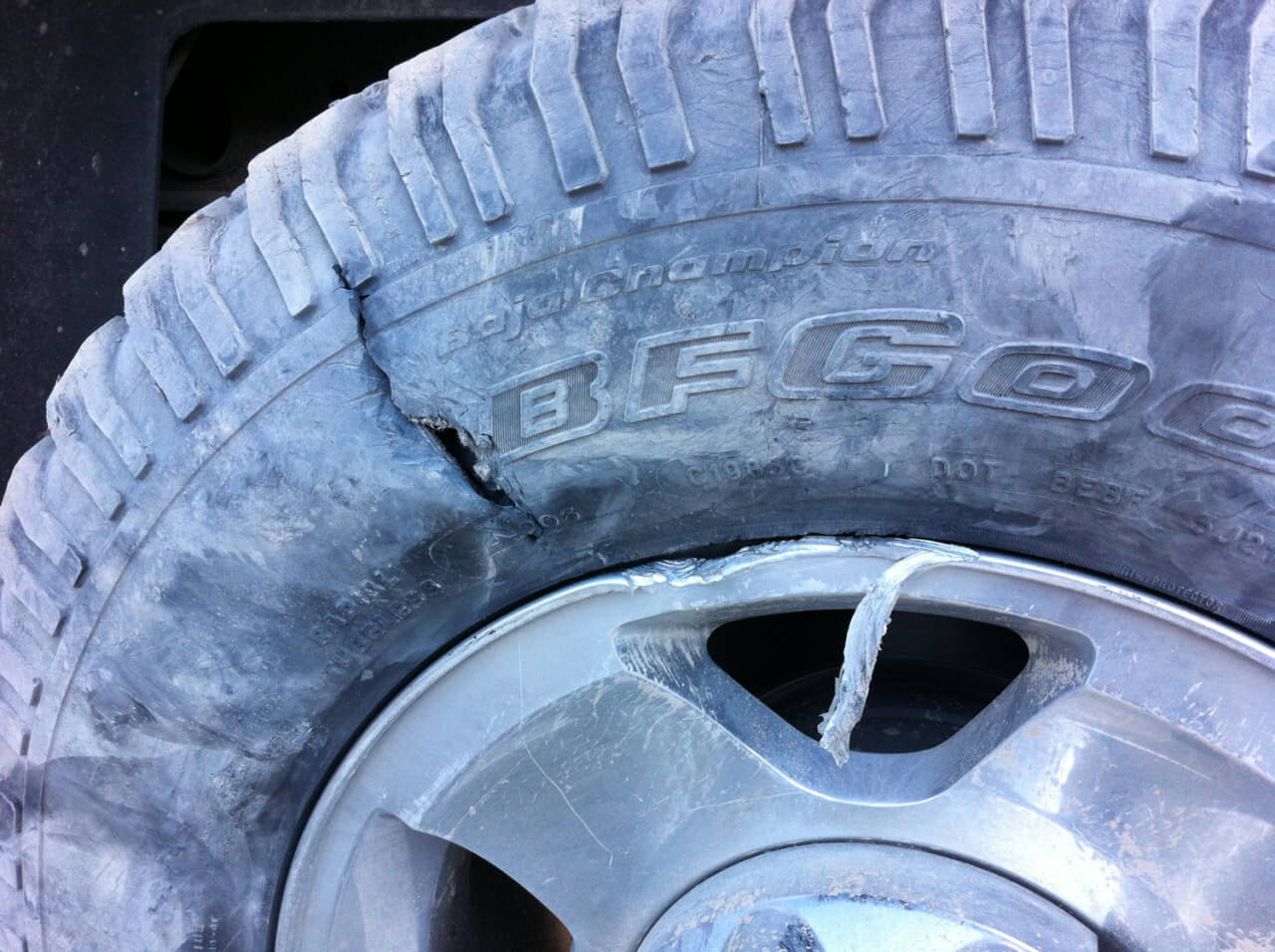
Are There Other Steel And Aluminum Wheel Advantages?
There are few less often considered advantages of both steel and aluminum wheels. For example, because steel is stronger, steel wheels can be made thinner. Sometimes they clear brakes and steering components better than an aluminum wheel of the same dimensions. This can be advantageous for those looking to install smaller diameter wheels or bigger brakes. Aluminum wheels will dissipate brake heat better than steel wheels too. It’s also true that the more intricate aluminum wheel designs offer better venting, allowing for more airflow over the brakes.
Salted winter roads can do a number on your raw machined finished or polished aluminum wheels. Steel wheels may eventually rust regardless of if they are painted or chromed. Of course, polished aluminum wheels require a lot of maintenance compared to a painted or chromed steel wheel. But, nowadays, many aluminum wheels are also available painted or chromed.
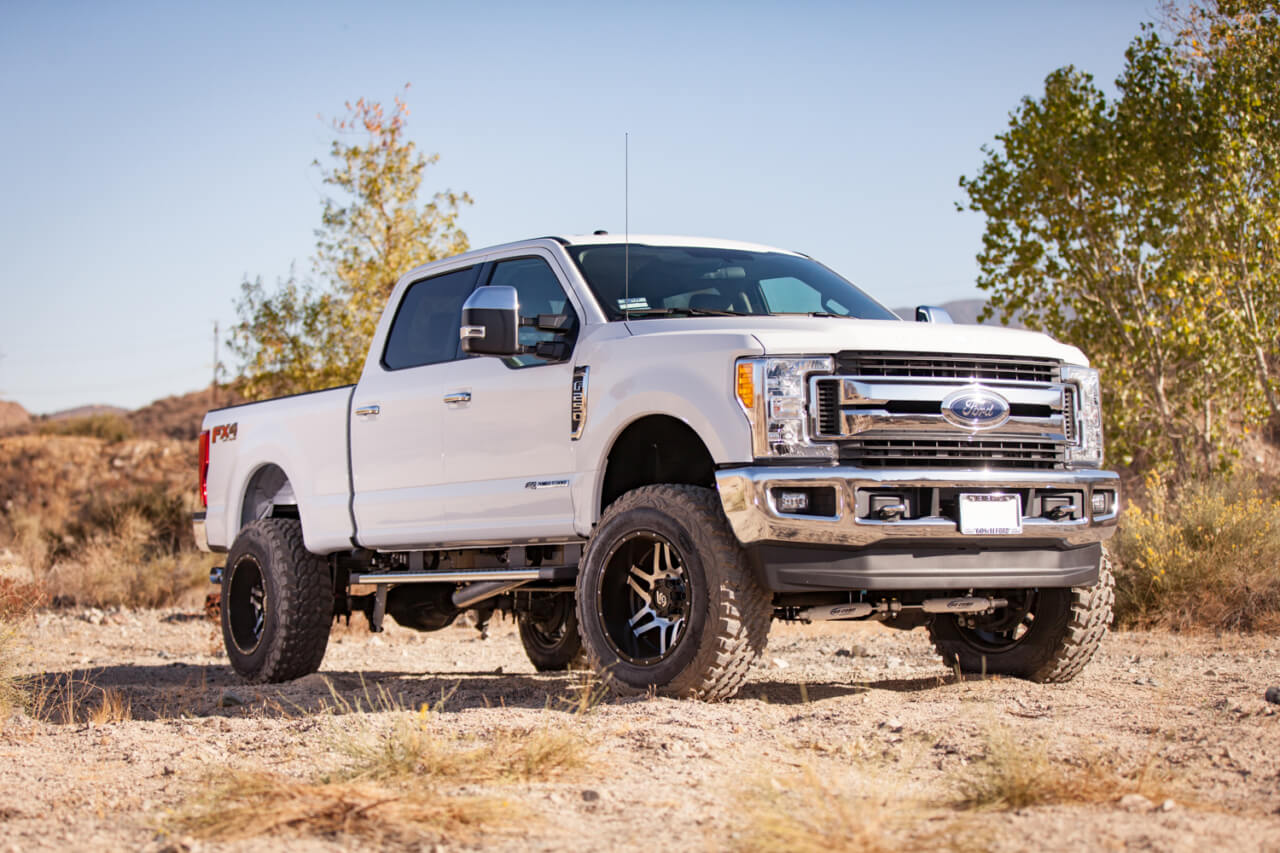



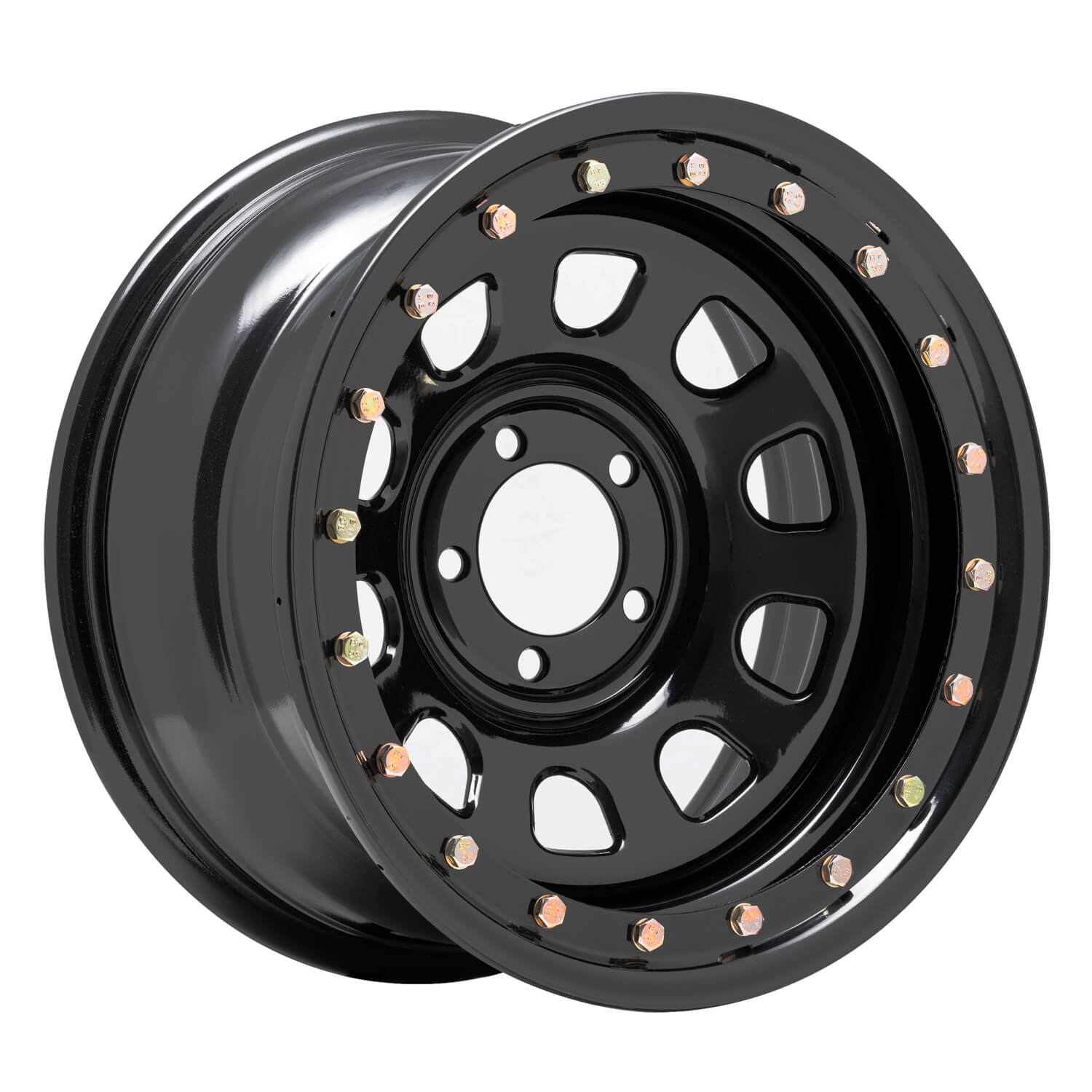
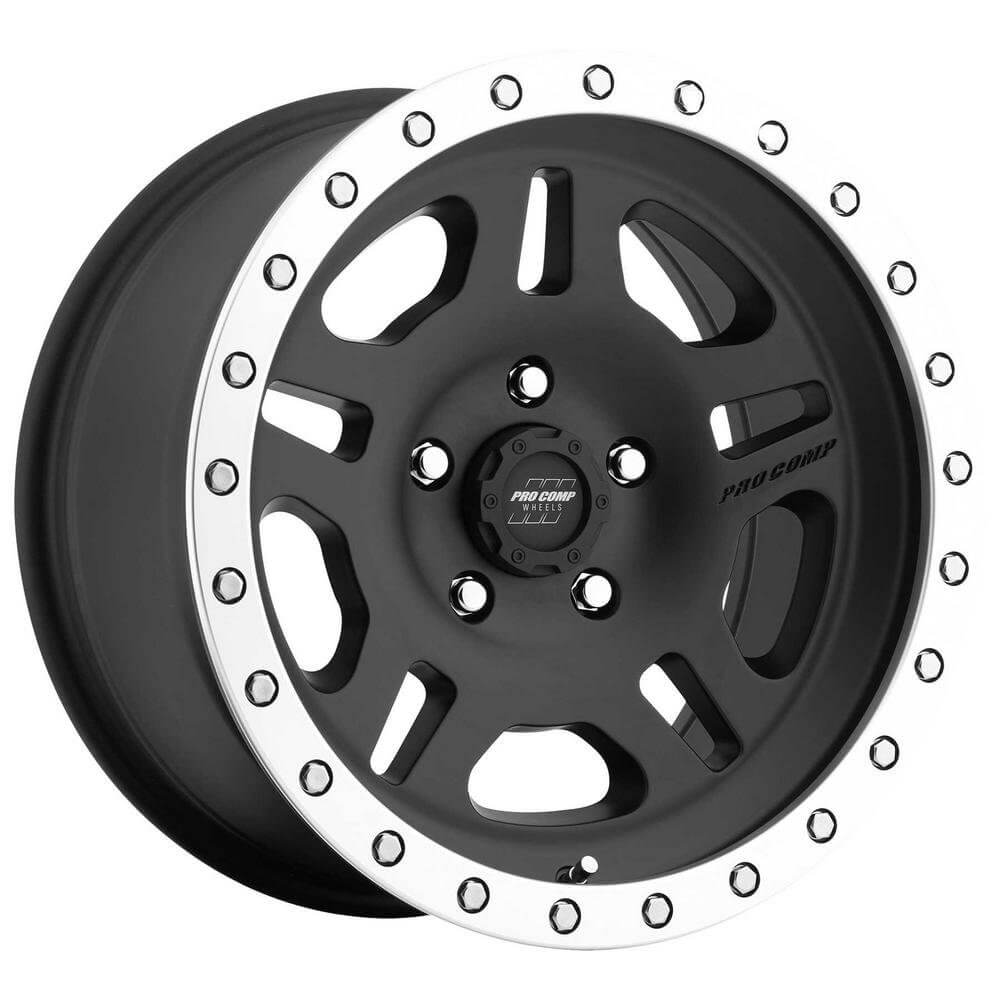
2